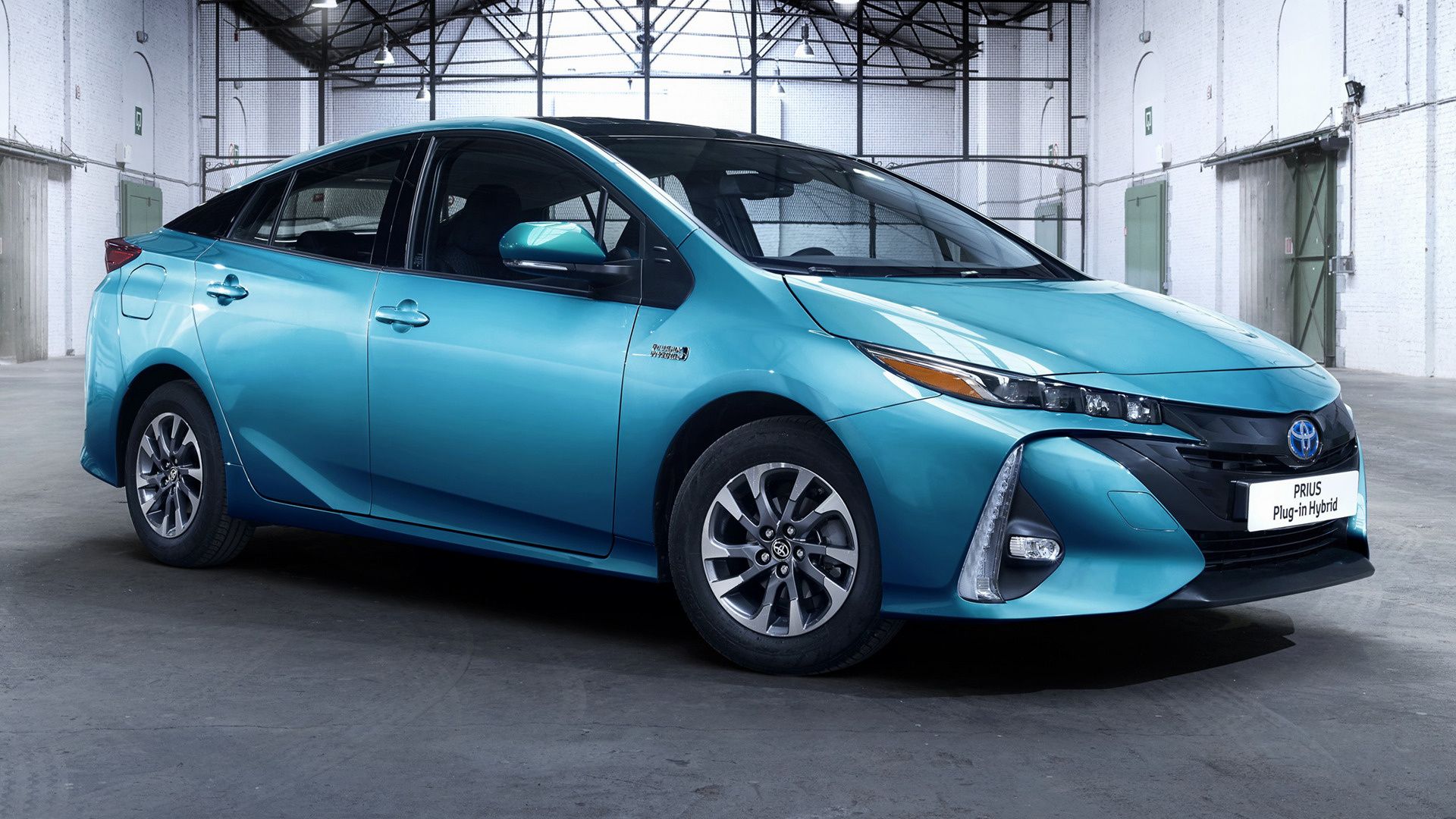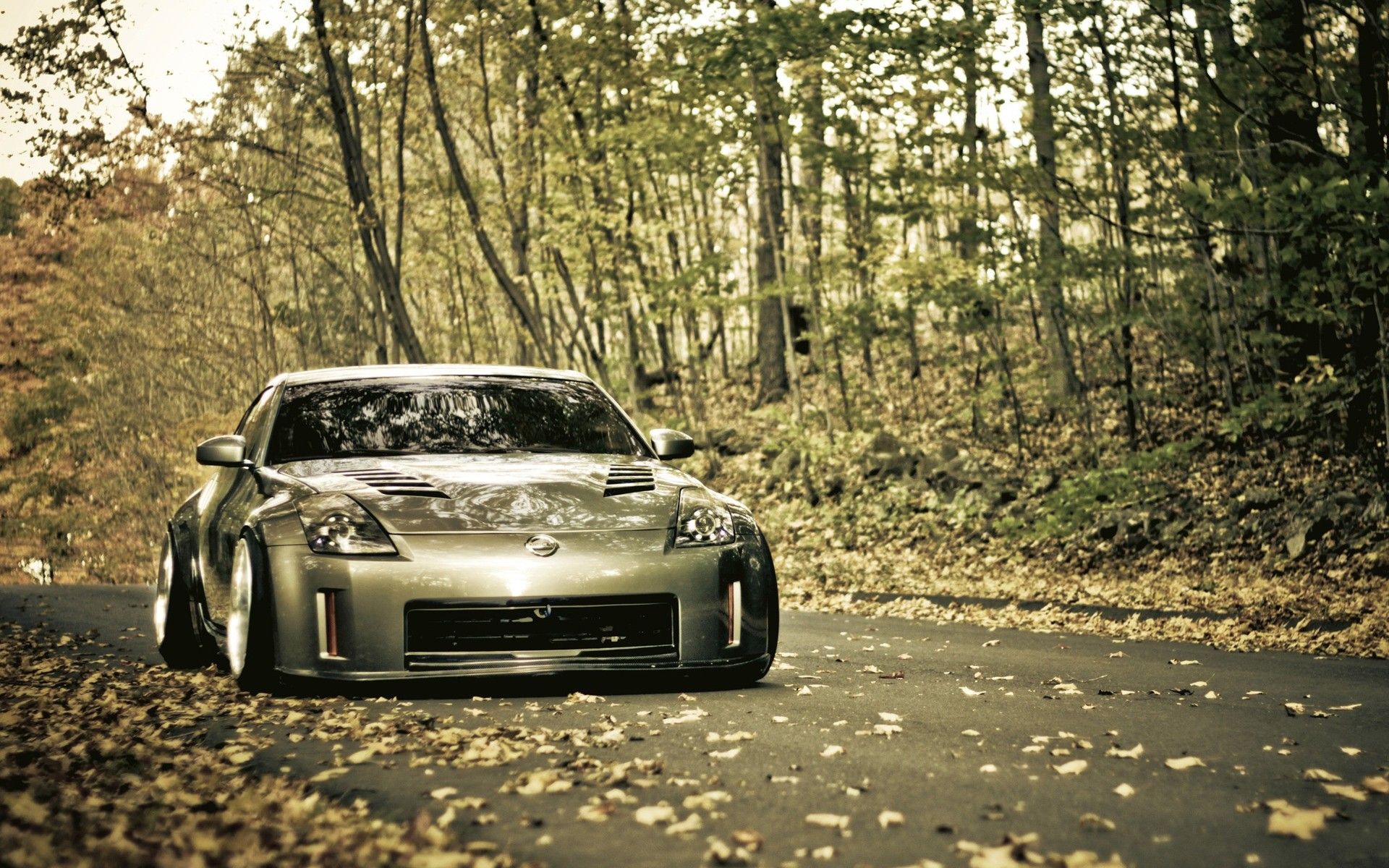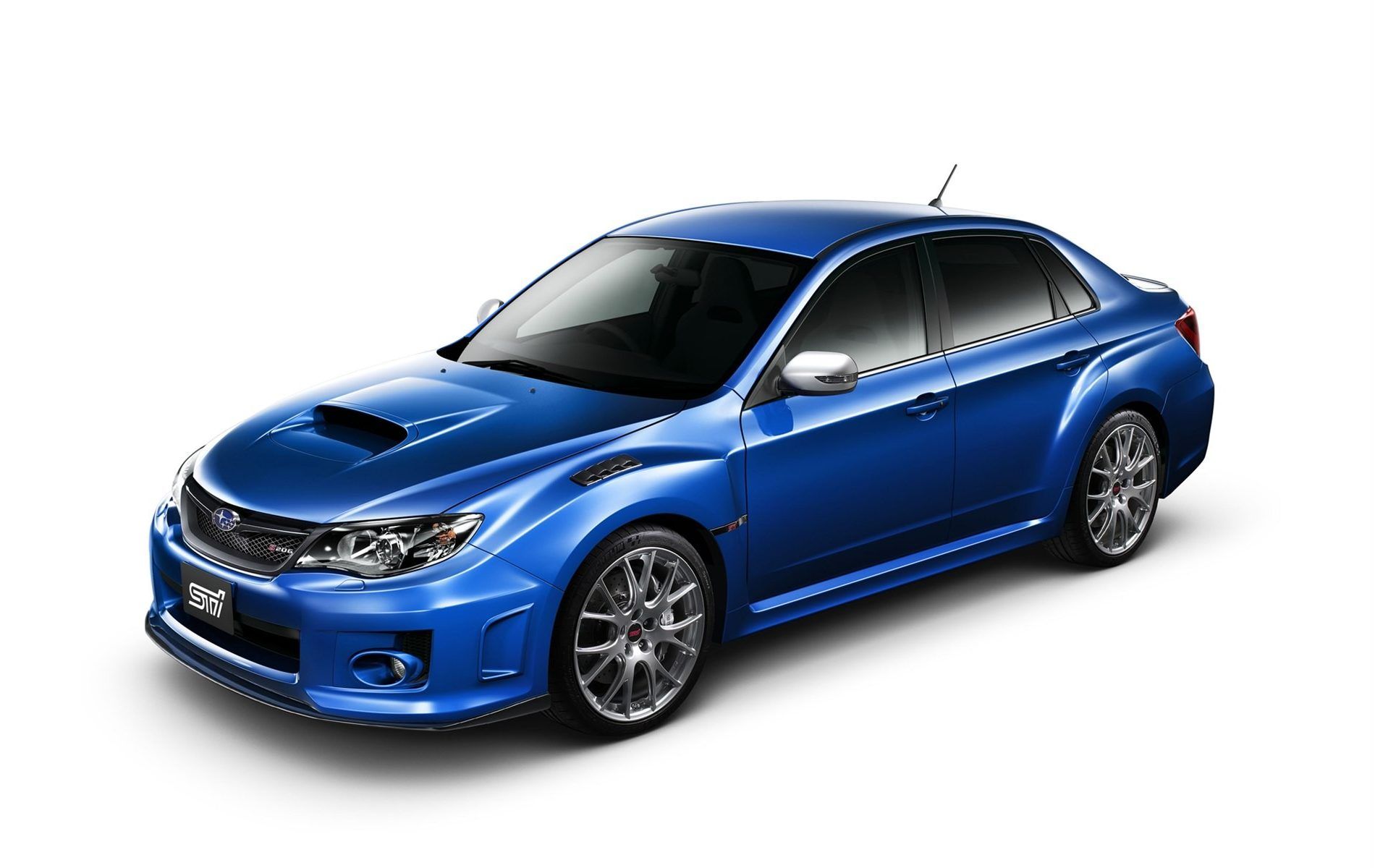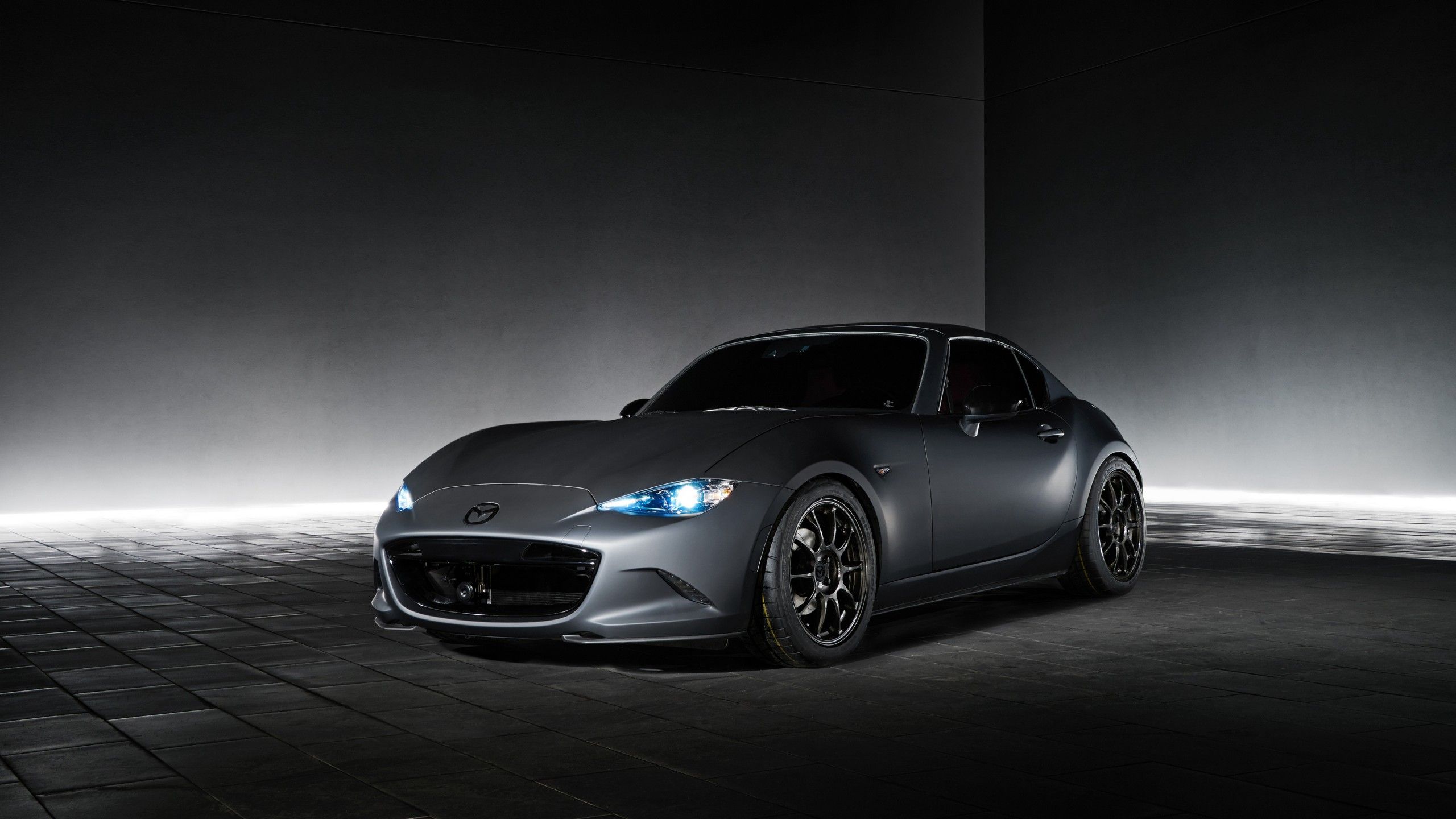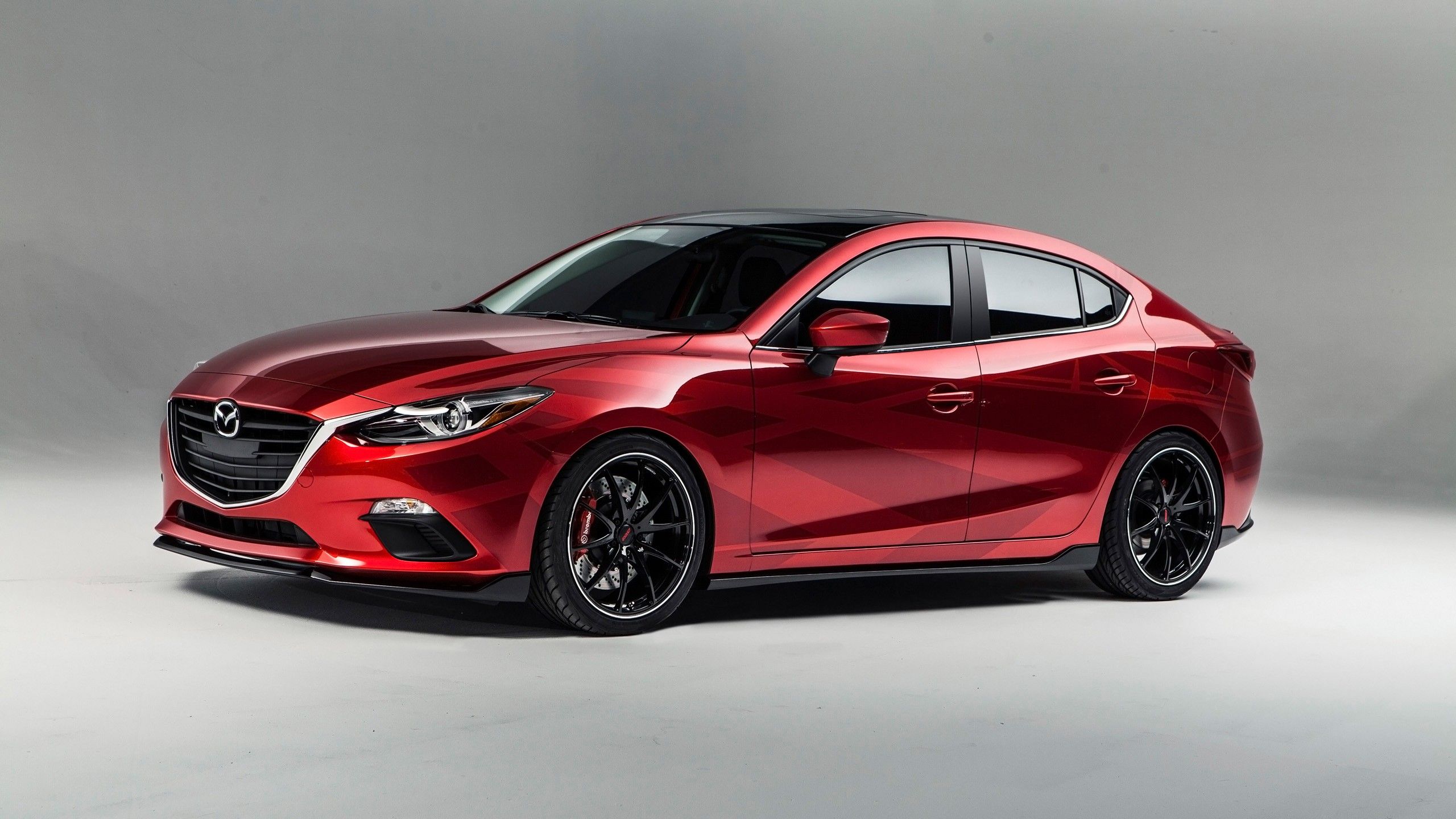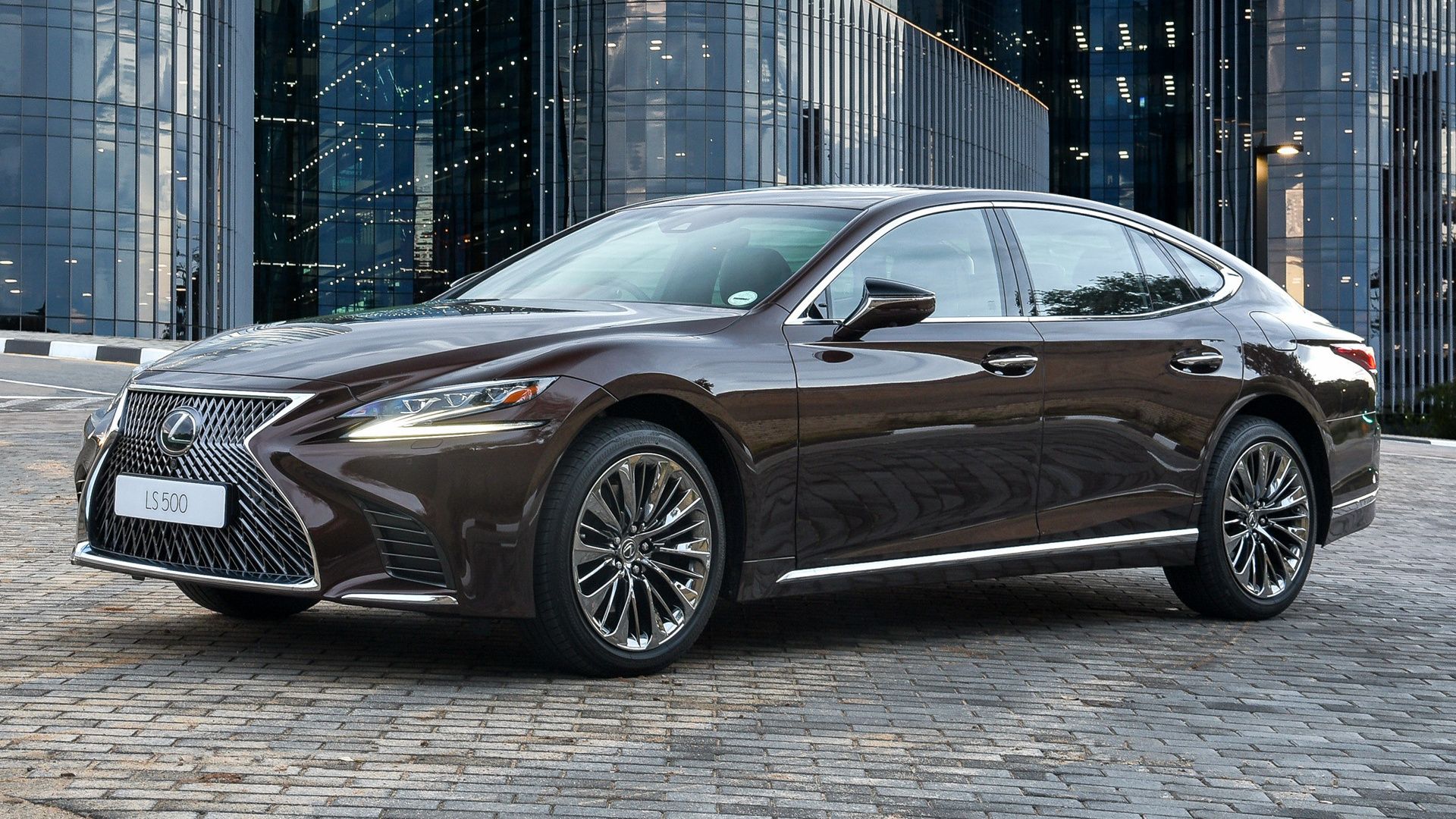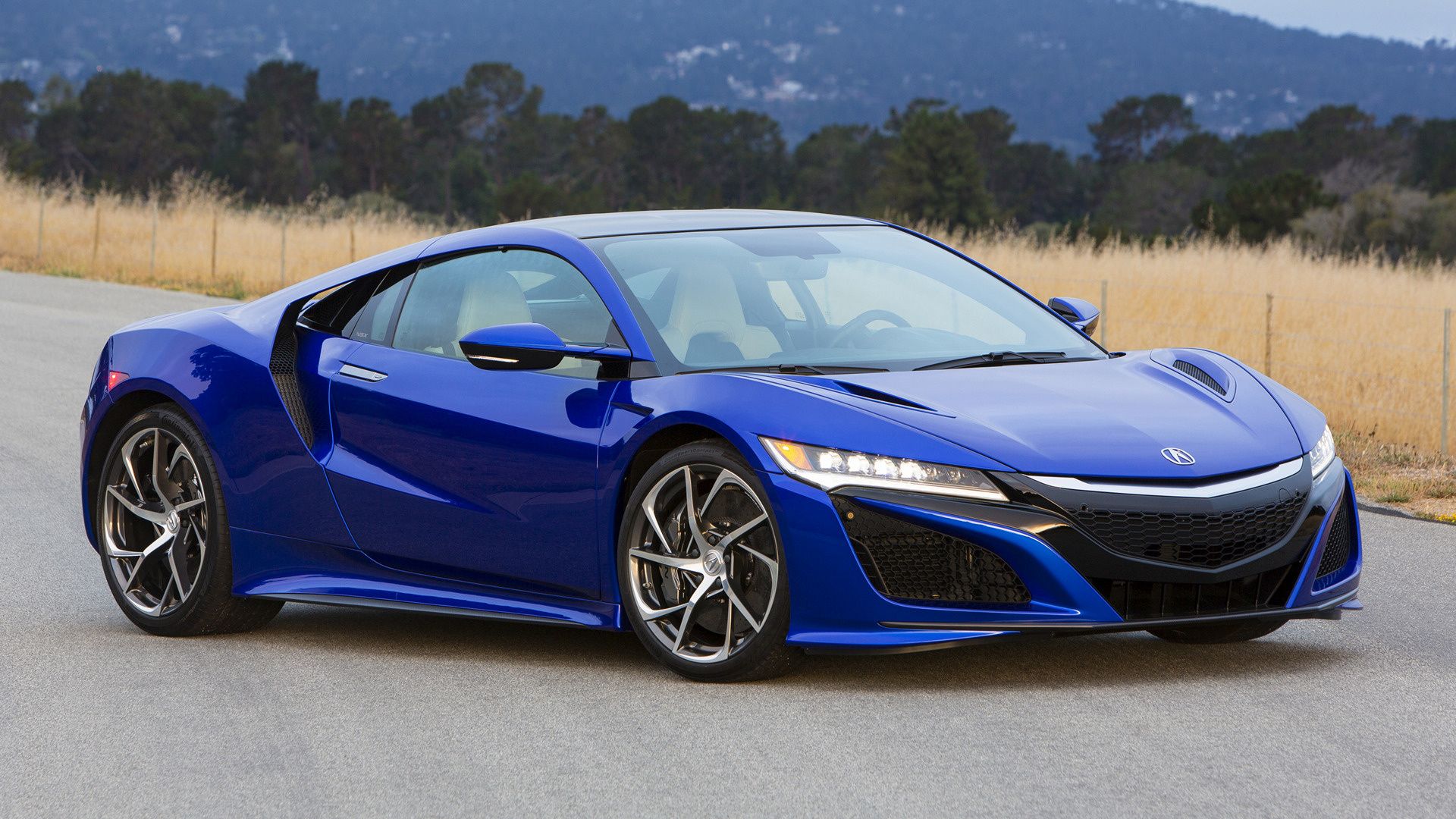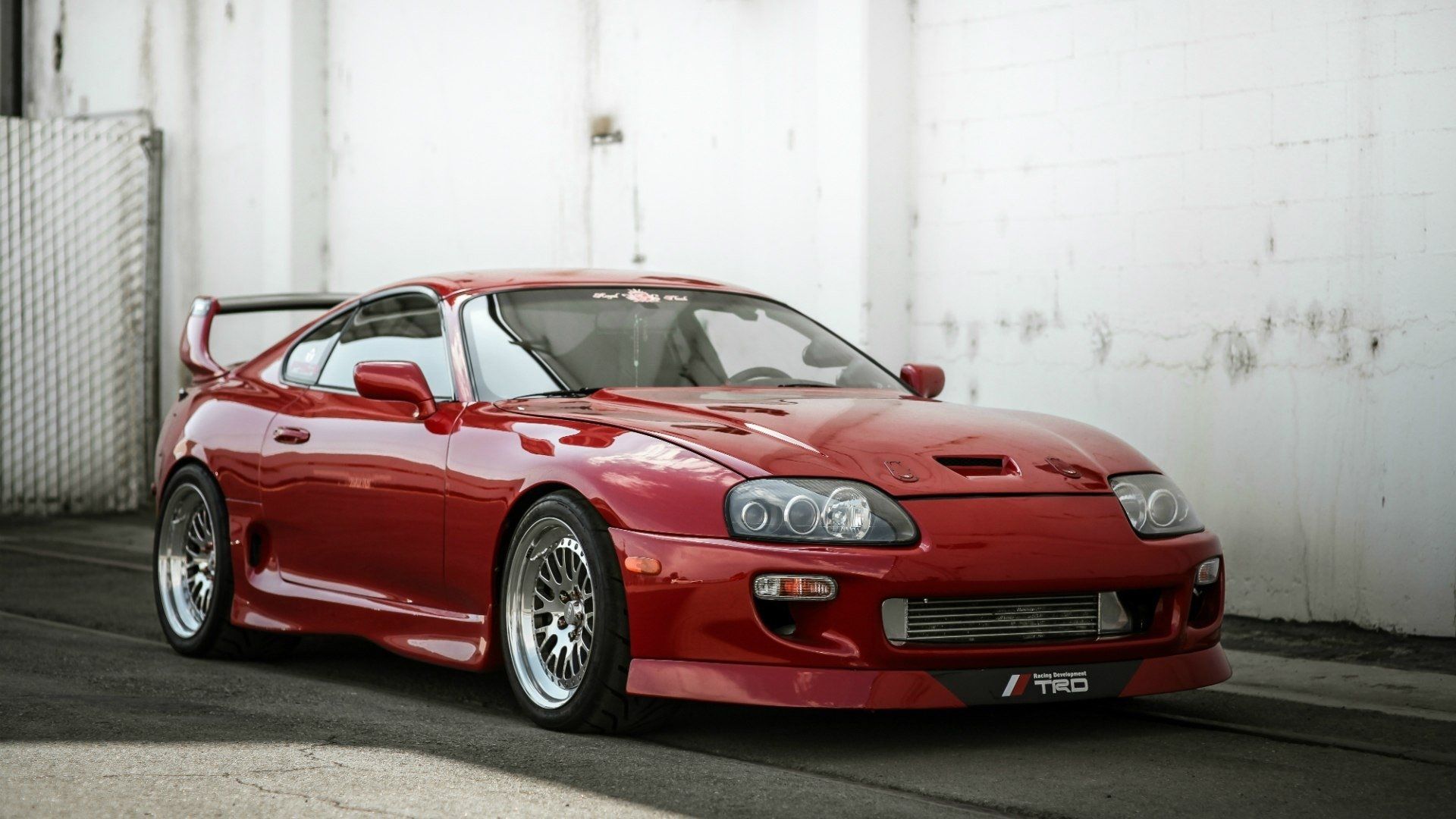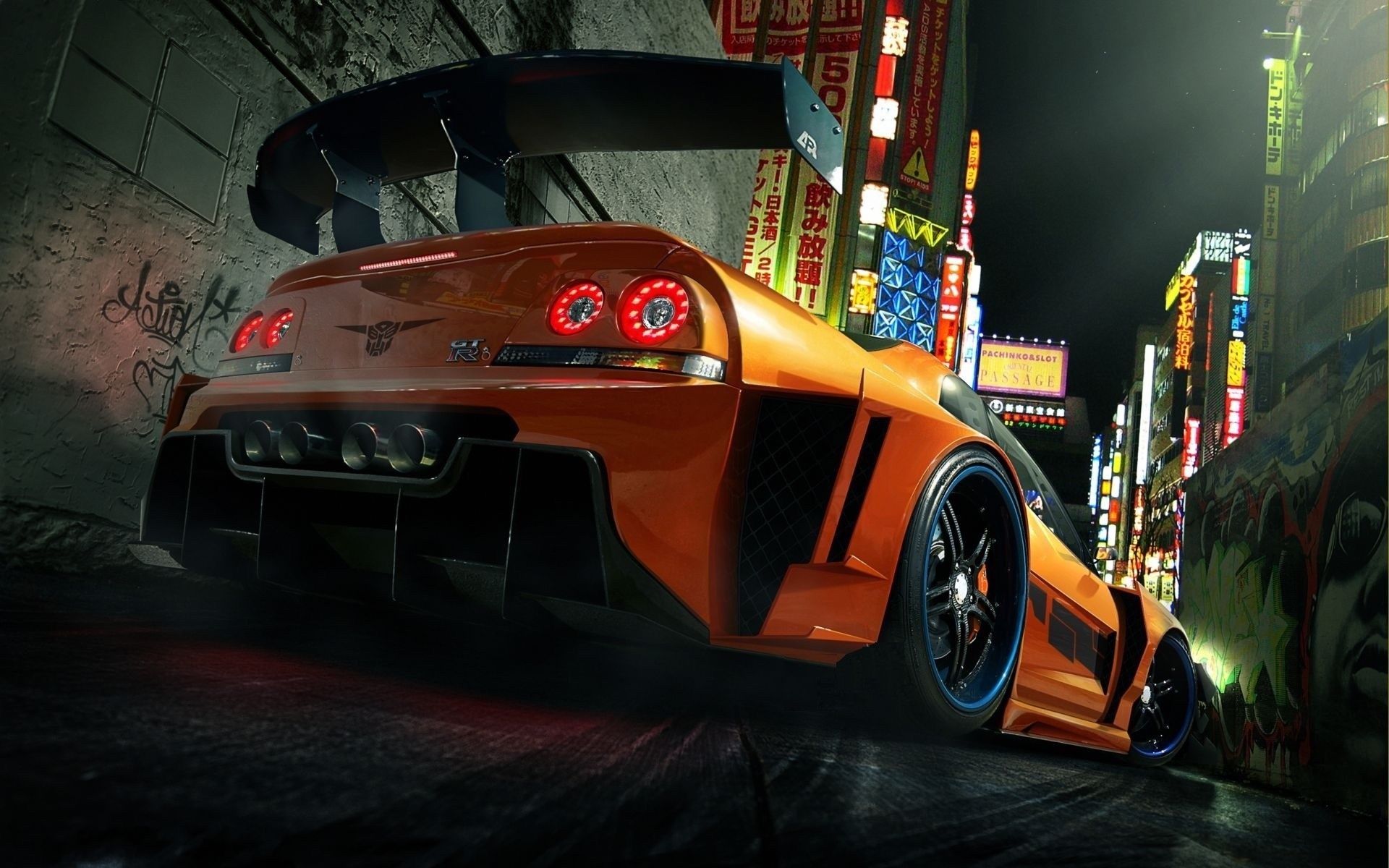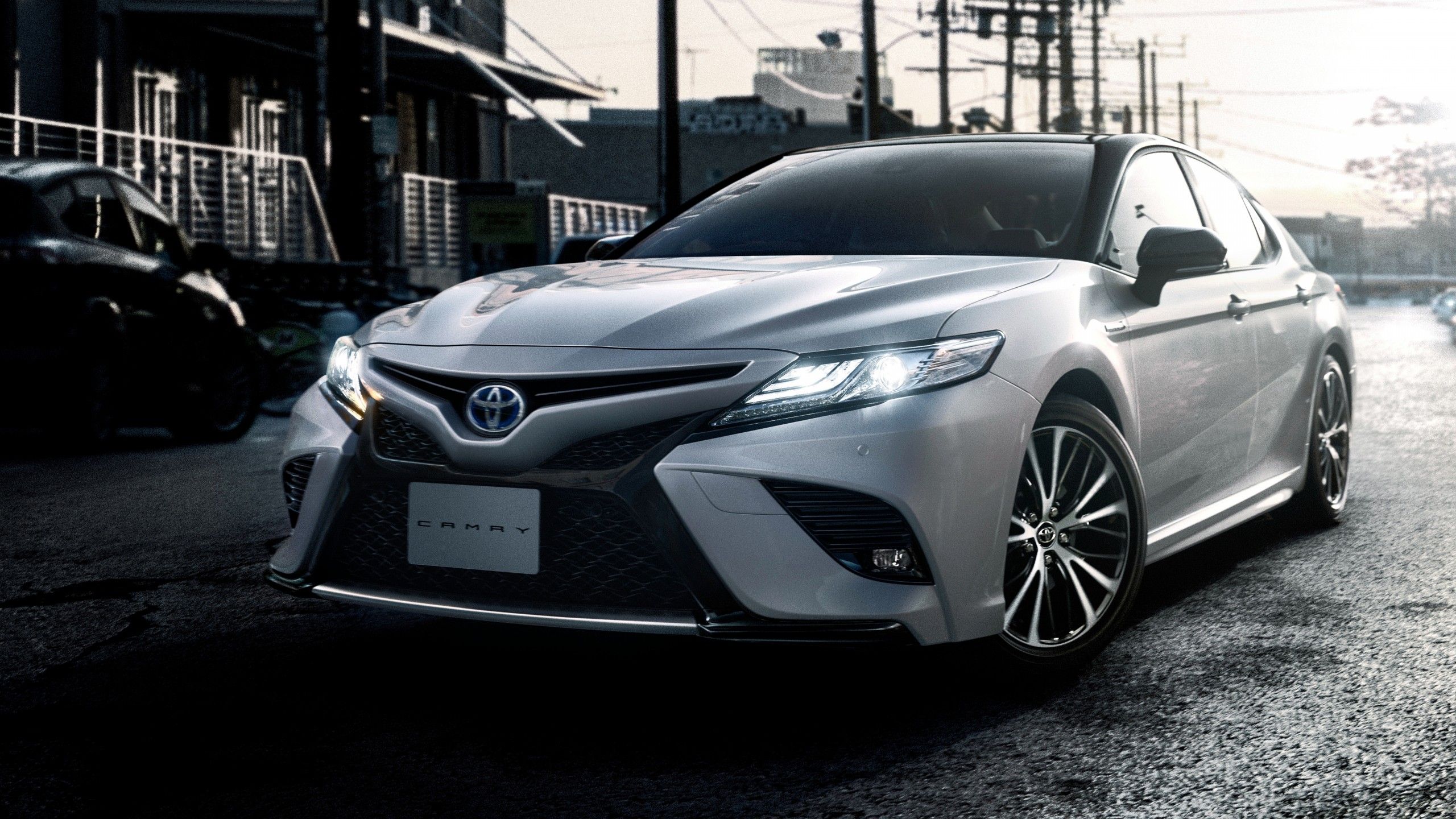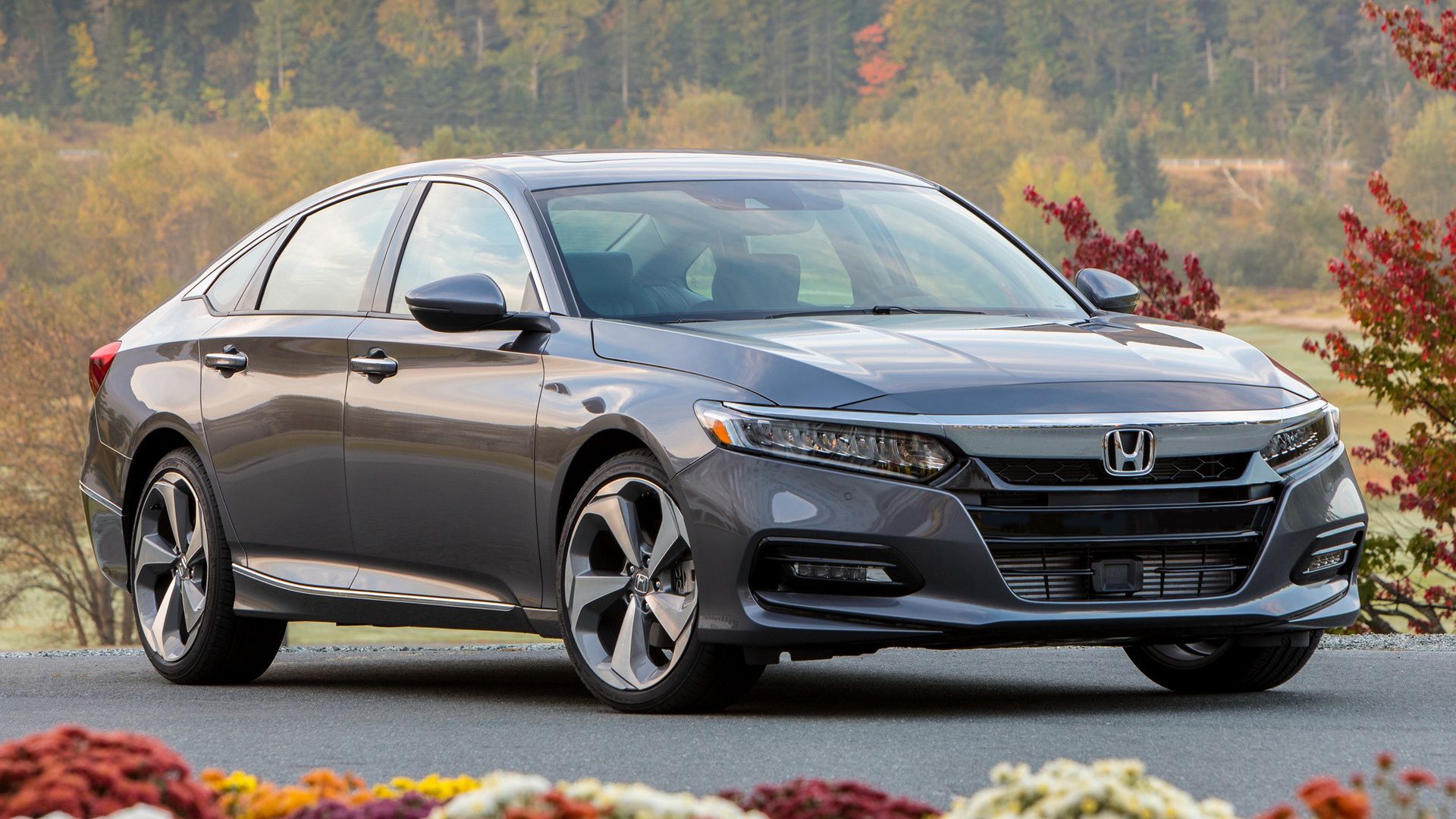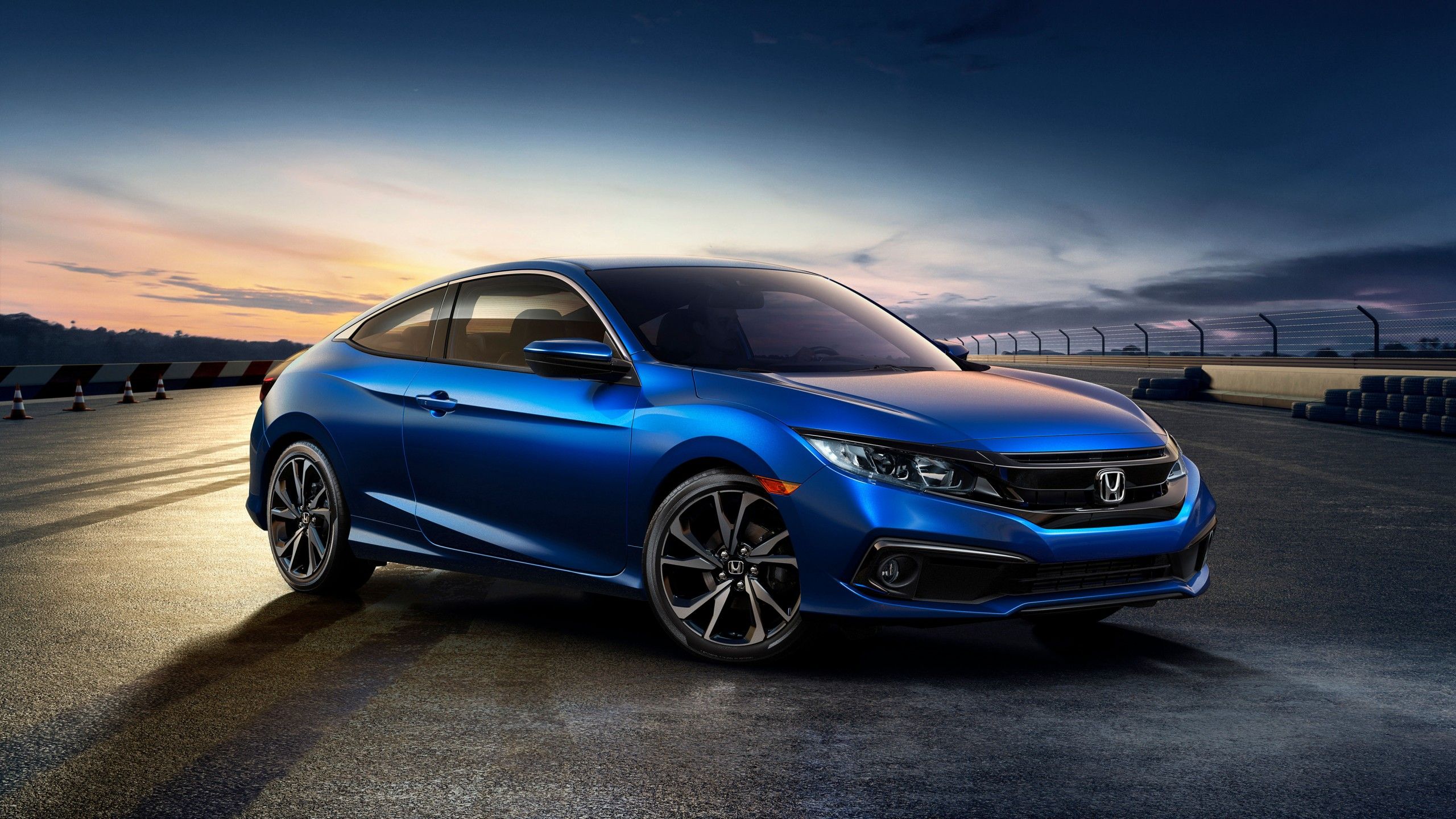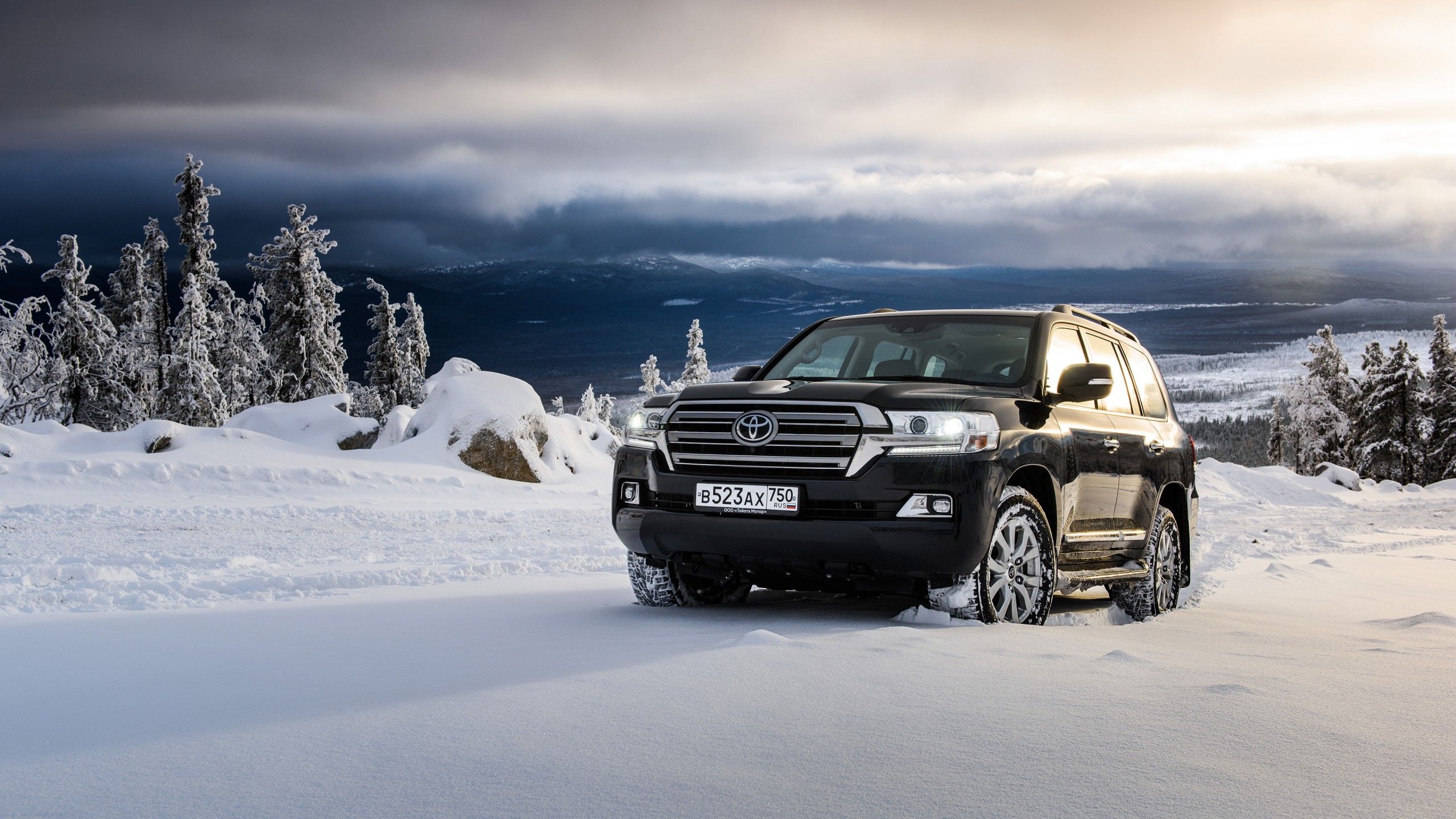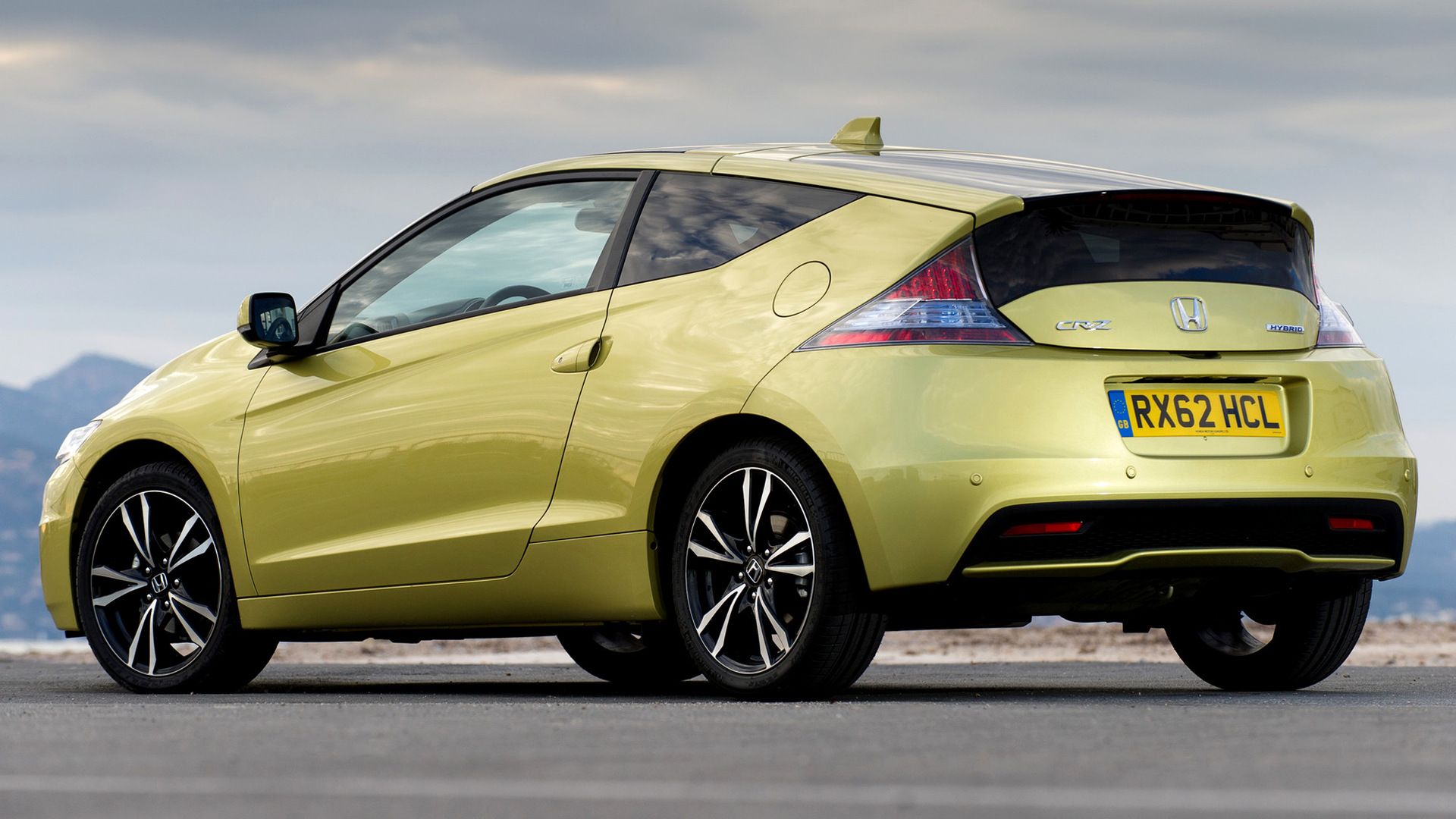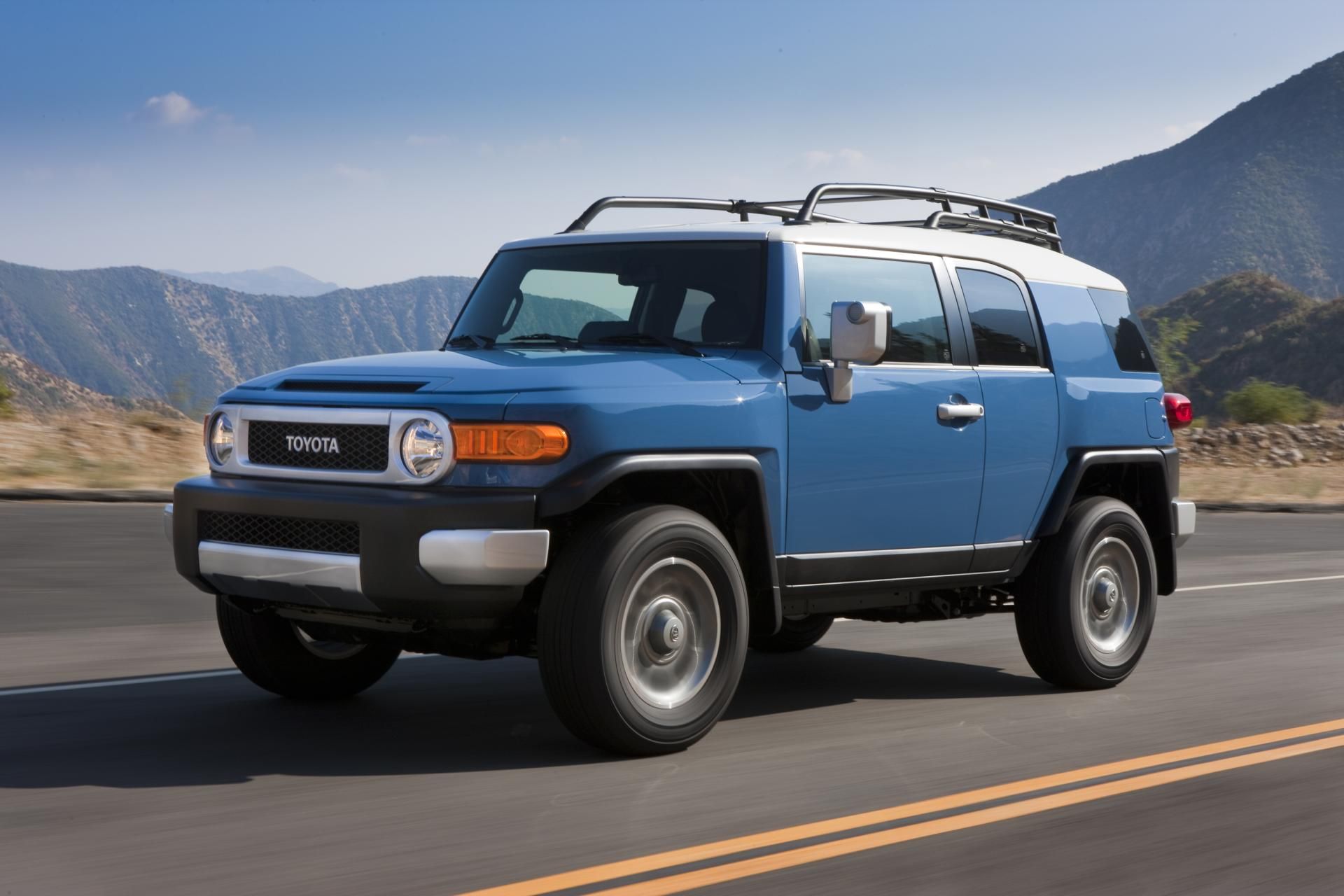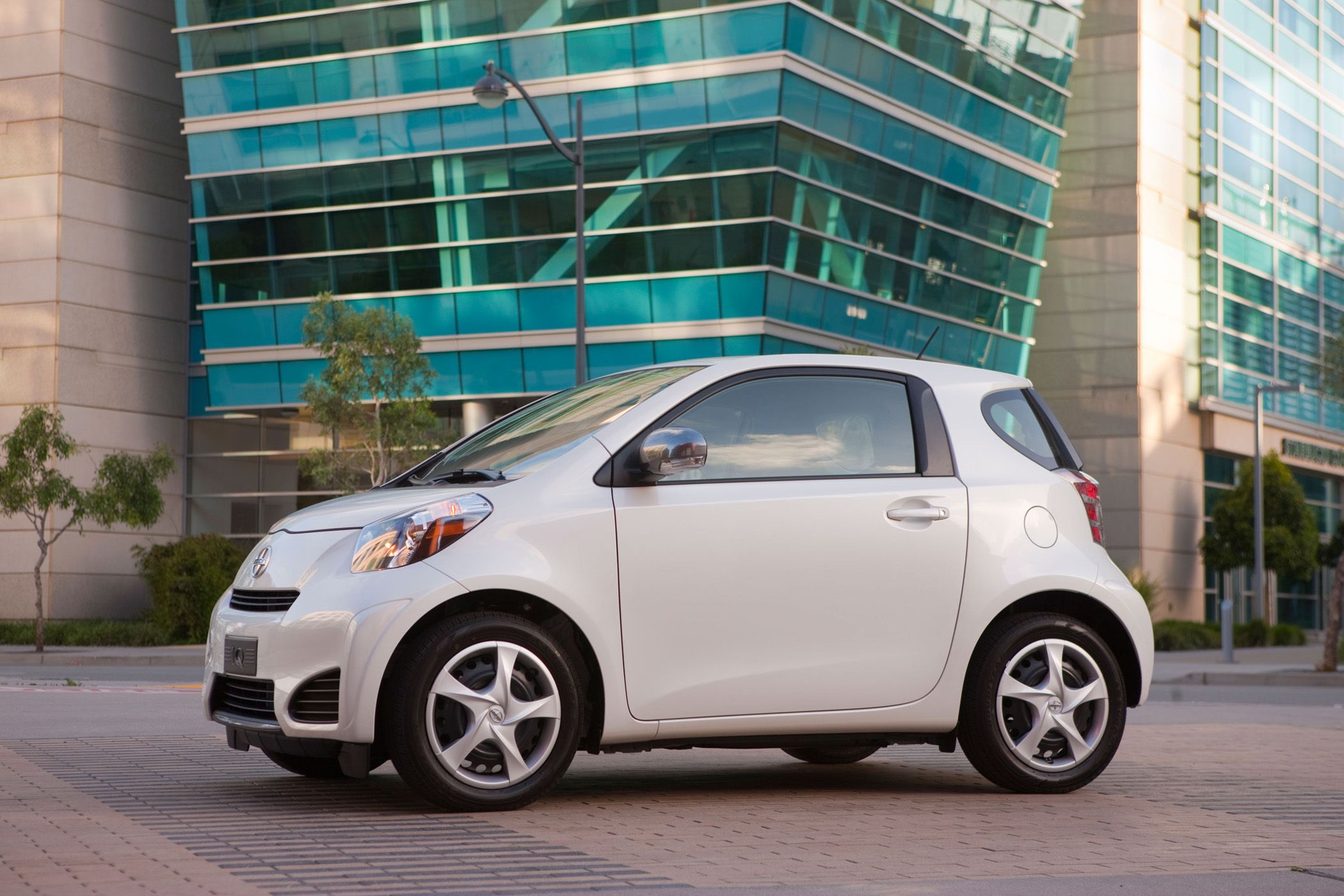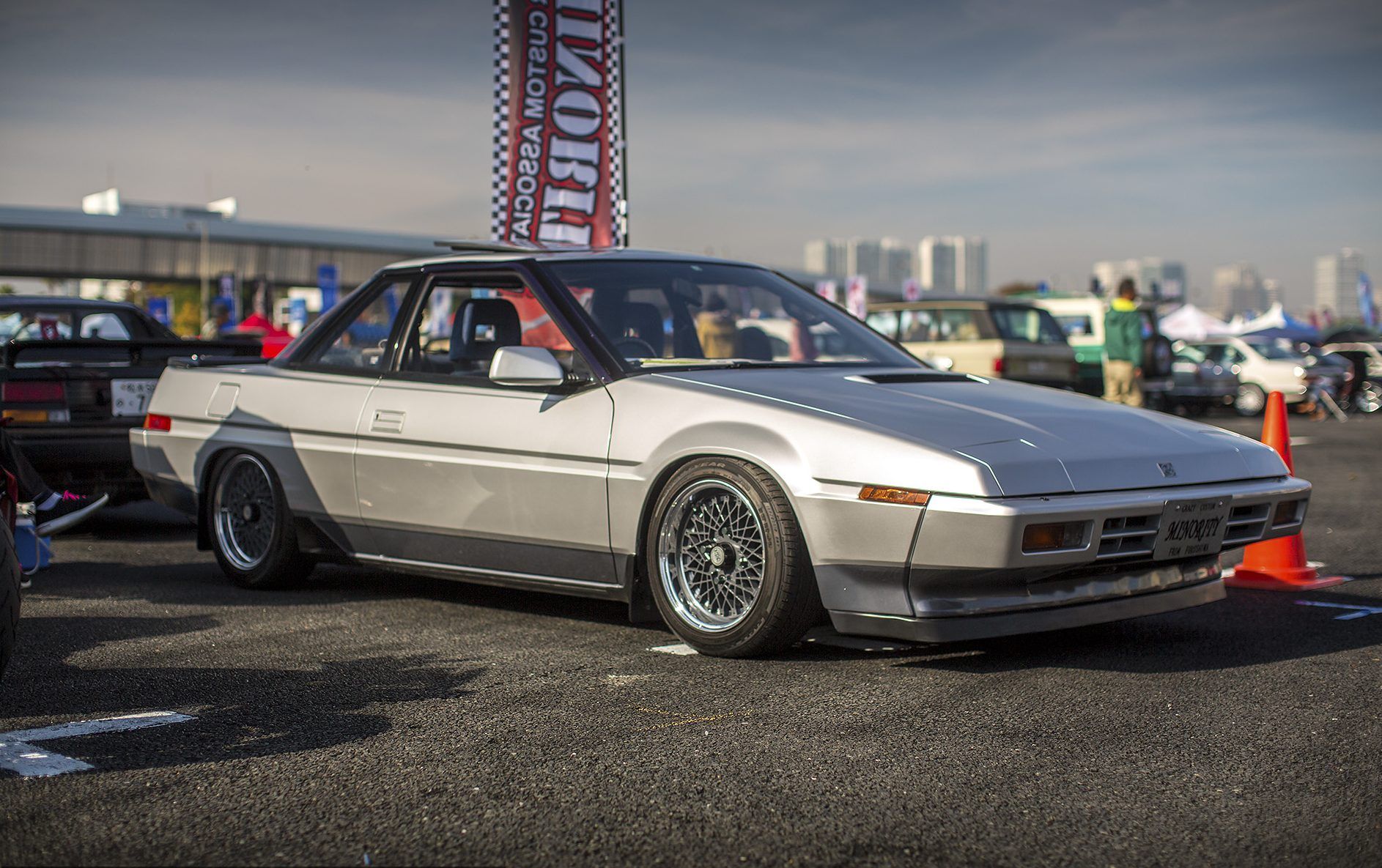Japanese cars have always been known as reliable, efficient, having a very high value for money. For this reason and others, it’s rather challenging to highlight the top makes and models that have stood the test of time. Let’s take a look at some of the criteria that make up the list to better understand how we’ve arrived at the results.
One of the most important elements used to determine cars that stand the test of time is the design. Since Japanese cars have a history of conservative design language, that makes it more likely for cars to fall out of favor over the years. However, the Japanese have evolved significantly in this space over the last decade, introducing bolder and borderline striking designs for some of its cars. For most, it has paid off.
Other important criteria are brand recognition and association with reliability and value – both present and resale. This is easy for the Japanese, whose cars have a great past when it comes to this space. Performance, technology, driving dynamics, and other engineering advancements are also crucial, especially in the absence of some of the other elements.
Let's keep these things in mind as we take a look at this list of 15 Japanese cars that have stood the test of time and 5 that didn’t.
We start with 15 that did stand the test of time...
20 Toyota Prius
Toyota’s Prius first went on sale in 1997, with Japan and the United States being the largest markets for the full hybrid electric compact sedan. So successful was the Prius that it's sold in 90 markets globally and surpassed the 1 million sales mark in 2008, followed by another million just 2 years later.
Now in its fourth generation, the Prius has aged gracefully.
While looks have never been the Prius’ forte, the design has aged gracefully, and customers have become more accustomed to its styling over time. While Honda’s Insight has upped the styling in its new model, the title for the most successful hybrid electric will always remain Toyota’s.
19 Nissan 350Z
After the Nissan 300ZX was discontinued from North America in the mid-1990s, Nissan needed a replacement. Initially, at the 1999 North American Auto Show, Nissan showcased the 240Z concept featuring Nissan Altima’s 2.4L I-4 engine. Fortunately for everyone, that car never saw the light of day, as it was poorly crafted and lacked performance.
Nissan followed up with the 350Z to reignite the Z-car brand in late 2002 for the 2003 model. Sales numbers rose steadily in its first 3 years of production. Nissan eventually re-branded the roadster and the coupe to the 370Z in 2009, and it continues to attract attention from the enthusiast community.
18 Subaru Impreza
Similar to the Nissan 350Z in terms of its sporty looks is Subaru’s Impreza. Unlike the Nissan, though, the Impreza has been around for almost a decade longer and is now in its fifth generation. More popular among the enthusiast community is the sport-tuned version of the Impreza dubbed the 'WRX STI.'
With a 2.5L turbocharged engine, the WRX STI is deceivingly quick for an inline-four cylinder car.
It has a top speed of 159 mph and it'll get to 60 mph in just over 5 seconds, with its roaring 310 horsepower under the hood. While the WRX STI lacks the Volkswagen GTI’s interior refinement and the Ford Focus RS’ torque, it handles exceptionally well as the only all-wheel-drive car in the segment and has stood the test of time to still remain competitive in this niche segment.
17 Lexus RX350
The Lexus RX was the luxury Japanese car maker’s venture into the SUV segment back in 1998. The first generation was equipped with a workhorse 3.0L V6 borrowed from the ES300.
Even in its base model, the RX300’s base model was very well equipped, with ivory cloth as standard, walnut trim, cruise control, power seats, and a premium audio system with 7 speakers.
While the RX had some growing pains in the early 2000s, through a number of successful recalls, Lexus weathered the storm and has taken the SUV to its fourth-generation model in 2015. In fact, so successful has the RX platform been that Lexus has added an extended wheelbase option with third-row seating for 2018.
16 Mazda MX-5 Miata
The Mazda MX-5 Miata is another Japanese enthusiast sports car with a long history. It won several awards in its illustrious history, including Automobile Magazine’s Automobile of the Year 1990, and has been featured in Car and Driver’s 10Best list on several occasions since its inception.
The rear-wheel drivetrain is powered by a traditional 2.0L four-cylinder that makes 155 hp and moves the tiny Mazda to 60 mph in 6.1 seconds.
The Miata offers very athletic handling and terrific fuel economy, which is a thing we’re accustomed to with Mazda’s excellent SkyActiv technology. The design is very handsome and has aged gracefully over the years, with relatively minimal changes in its near-30-year history.
15 Mazda 3
Mazda’s subcompact car has been around since 1963 with the Mazda 800 series before rebranding to the infamous Mazda 323 in 1977. The 323 ran right through to 1990, which is when Mazda gave it the Protégé badge for North America. However, it wasn’t until 2003 that Mazda went all-out with the Zoom-Zoom marketing campaign that saw the Mazda 3, as we know it today, come to life.
The Japanese carmaker has been hugely successful with the Mazda 3 quickly becoming its marquee model. Thanks to class-leading handling, great fuel economy, and an increasingly upscale interior, it's slowly started eating into the Civic's and Corolla’s sales across North America.
14 Lexus LS400
While Lexus’ flagship full-size luxury car has a relatively new past compared to the class-leading German brands – the Mercedes-Benz S-Class and the Audi A8 – it has certainly stood the test of time. The Lexus LS stole the show when it was first released in 1989, picking up several awards along the way and over the years. This was a testament to the Japanese automaker, thanks to the massive effort of designers, engineers, and testers.
It is, in part, due to these efforts that Lexus has consistently sold more vehicles than Audi’s A8 and even overtook the Mercedes-Benz S-Class in annual US sales just 3 years after its inception. While the S-Class eventually reclaimed the spot, it took them a decade to do so.
13 Honda NSX
While the NSX today is badged under Acura, its roots date back to 1984 under Honda, starting as a concept worked on in collaboration with famed Italian designer Pininfarina. The NSX brand comes from an acronym for New Sportscar Unknown, where 'Unknown' is captured by the mathematical symbol 'X.'
The Honda NSX was officially produced from 1990 to 2005 before the brand was discontinued, and it was eventually reintroduced under Acura in 2016.
The Acura NSX today continues to bring the original’s strong suits, from solid performance numbers to nimble handling dynamics. The key difference is that the drivetrain has shifted to a hybrid setup, offering a top speed of 191 mph, thanks to a twin-turbo engine paired to three electric motors. The pairing results in 573 horsepower.
12 Toyota Supra
After the limited-edition Toyota GT2000, of which only 352 units were produced, Toyota needed a more mainstream sports car. They didn’t look too far from the existing Toyota Celica. Toyota essentially elongated and widened the body of the Celica to come up with the Supra. Eventually, Toyota simply killed off the Celica name in lieu of the Supra, which has since seen plenty of success.
Earlier models were powered by a 2.9L I6 that made 200 hp, while the fourth and final generation made 220 hp. Toyota did release a turbocharged variant at this time, and it was able to produce 320 hp and 315 lb-ft of torque. So popular was the Supra that it’s poised to make a comeback, based on how the performance of its lesser-powered sports cars, the FR-S and the GT86, performs over the coming years.
11 Nissan Skyline
The Skyline brand goes back to 1957, which is when it was released under the now-defunct Prince Motor Company. Nissan later merged with Prince in 1967, and they immediately focused on producing and marketing the brand.
About midway through the Skyline generations came the R33 variant, which was introduced in 1993 and was available in both sedan and coupe formats. This was, by far, one of the most successful variants of the super-adaptable, super-customizable sports car. What also made this generation so special was that it was actually very driveable and far safer on the road than its predecessors. The Skyline is still sold today, although it's simply referred to as the 'Nissan GT-R.'
10 Toyota Camry
The Toyota Camry is the epitome of the mid-size sedan, packing sublime value, a long history of efficiency and reliability, and many a battle with its only real competitor, the Honda Accord.
Despite losing out to the Accord in its earlier years, the Camry has gone on to consistently outsell its fiercest rival in the North American market since 2001, beginning its onslaught just a few years earlier.
More recently, though, like the Accord, Toyota has brought a less conservative style to its number one seller in an effort to attract younger drivers. And it's paid off; the gap has started to widen between the two competitors.
9 Honda Accord
Honda introduced the Accord in 1976, 6 years before Toyota entered the race. The Accord enjoyed immediate success, fueled in part by more conscious families who were looking for an alternative to American sedans. What started off as three-door hatchback eventually grew in size and stature to a traditional mid-size sedan, although coupe variants were available and quite popular until a couple of years ago when they were discontinued.
Honda was first to adopt a more daring design, differentiating itself from the more conservative styling of the Camry. It paid off initially with annual sales numbers edging closer to its fierce competitor until Camry took the same step and outpaced the Accord. Regardless, the Accord is here to stay despite significant competition also coming from within its own ranks, namely the CR-V SUV, which continues to grow in popularity.
8 Honda Civic
Much like the battle between the Camry and the Accord is the one between the Corolla and the Civic at the lower end of the Japanese sedan segment. Unlike the Camry, which came before the Accord, Honda released the Civic a few years later, and what started off as a sub-compact eventually morphed into the compact segment in the early 2000s.
The Civic has done very well for itself, consistently ranked among the top sold cars in North America. In fact, the Civic enjoyed even more success than the Corolla throughout the 1990s and has again resurged in 2012. The latest Civic is a work of real technological mastery and design brilliance, showing the world that Honda still has a heck of a lot more to offer.
7 Toyota Corolla
Unlike the Civic, the Corolla has had a more conservative style throughout its history. Despite playing it safe, Toyota has generally enjoyed more success, albeit marginally, over the Civic. It took the Corolla a mere decade before being crowned as the best-selling car worldwide by 1974. In 1994, it was given the distinguished crown of surpassing the Volkswagen Beetle as the best-selling nameplate, eventually selling over 40 million cars by 2013.
While there are several Corolla production facilities around the world, including places like Canada, Brazil, India, South Africa, Australia, Turkey, and Venezuela, the original Toyota Takaoka plant in Japan remains in place since its foundation in 1967. Now in its twelfth generation, the Corolla remains a true Japanese icon with plenty left in the tank.
6 Toyota Land Cruiser
While the Toyota Land Cruiser is far from popular in North America, it's one of the most well-respected SUVs across Africa and the Middle East. Here at home, it averages just over 3,000 units sold per year, well behind its more well-known iteration, the Highlander, which averages over 160,000 units.
What makes the Land Cruiser so iconic is its hallmark as Toyota’s longest-running series, a never-say-die attitude, and its sublime off-road ability. Toyota has continued to refine the Land Cruiser’s design, from a traditionally boxy frame to the introduction of more curves around the edges. Today, while the Land Cruiser certainly looks sleeker than before, it retains a physical presence on the road and an aura of superiority when off it.
The 5 cars that don't stand the test of time...
5 Honda CR-Z
One of the banes of the automotive sector was the Honda CR-Z, a compact hybrid sport sedan which had a brief six-year history from 2010-2016. Not only does the CR-Z lack any sense of style, but it also has one of the smallest cabins in its class and is void of any real power – even for a hybrid. For a hybrid, the CR-Z offers horrible mileage numbers of 31 mpg in the city, which pales even in comparison to Toyota’s sportier Prius C, which offers 53 mpg in the city!
Fortunately, Honda discontinued the brand before bringing any further shame upon itself to make room for the Honda Insight and Clarity, both of which look far better and are destined for a better future.
4 Toyota FJ Cruiser
In an attempt to emulate the success of the Toyota Land Cruiser’s smaller offshoot, the Land Cruiser Prado, Toyota released the FJ Cruiser in 2006. It lasted just eight years before Toyota discontinued the brand due to poor sales halfway through its tenure. It simply was unable to compete against the likes of the Jeep Wrangler.
Despite its gimmicky rear-opening doors, which most seemed to like, the impracticality simply proved to be troublesome. Despite having good off-road capability, the FJ Cruiser lacked the on-road presence possessed by the Prado and the Land Cruiser, and it had a bad mileage rating of 15 mpg in the city. Even Toyota’s own 4Runner was a better vehicle than the FJ Cruiser, as it not only handled like a charm off-road but was also a far better on-road SUV.
3 Scion IQ
Toyota’s Scion IQ was one of its least successful brands, a real blemish in its otherwise phenomenal history. Lasting only 4 years in the market, the IQ sold just over 15,500 in all its time. About the only positive for the car was its terrific fuel economy of 37 mph in both city and highway driving.
Outside of that, despite its diminutive size, the IQ has one of the noisiest cabins in its class and a highly underpowered engine that makes just 94 hp. The IQ has also proven to be a very dangerous car to drive on the highway. I’m not sure what Toyota was thinking in producing the IQ, especially considering how much better its own Yaris is in practically every category. Even the Fiat 500 offers more power, better styling, and a better interior.
2 Subaru XT
Subaru’s XT was released in 1985, and while the '80s saw several questionable designs, this was, by far, one of the worst. Not only was it a horrible knockoff of Honda’s Prelude, but one look inside the cabin also revealed the most ghastly steering wheel I have ever witnessed – and I’ve seen my fair share of cars.
It really was a bad effort to modernize the automobile interior, even by today’s more ambitious concept designs.
Under the hood, it wasn't any better. The base engine of the Subaru XT was a meager 1.8L I-4, producing 97 hp and 103 lb-ft of torque. Even the turbocharged alternative offered just 15 hp more.
1 Suzuki X-90
A younger sibling to the Suzuki Sidekick, which is now known as the 'Vitara,' the Suzuki X-90 is a two-door subcompact SUV produced over just 2 years before being discontinued.
The X-90 was the laughing stock the world over and was even branded by Top Gear as one of the 13 worst cars of the last 20 years. From its vastly underpowered 1.6L I-4 engine to looks that were so deceptive that you couldn’t tell the front and the rear apart, the X-90 was always destined for failure. If Suzuki does have future ambitions to re-enter the subcompact SUV segment, maybe they should look outside the Geo Tracker for inspiration!
Sources: Zero to Sixty Times, Car and Driver, US News, Road and Track, Car Sales Base


